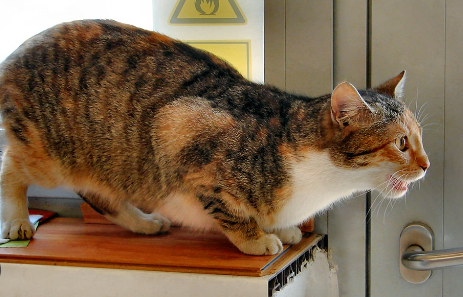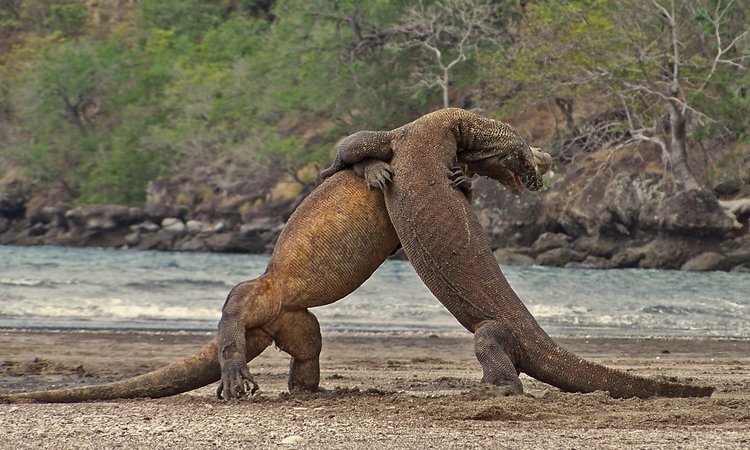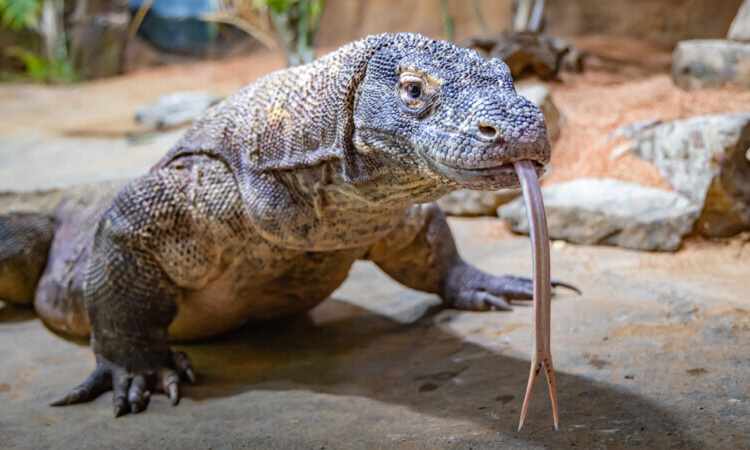Cats are fascinating creatures, and understanding their behavior is essential for any cat owner. One particularly intriguing period in a female cat’s life is when she is in heat, or estrus. Knowing what to expect can help you support your feline friend during this time and make informed decisions about her care.
Understanding the Signs of Heat
When a female cat is in heat, she undergoes various behavioral and physical changes that signal her readiness to mate. Typical signs include increased vocalization, restlessness, and affectionate behaviors like rolling and rubbing against objects. You might also notice her assuming a “lordosis” position—raising her hindquarters while keeping her front paws on the ground—indicating her reproductive readiness. Recognizing these signs can help you understand what your cat is experiencing and guide you in providing comfort during this challenging time.
Managing a Cat in Heat
Caring for a cat in heat can be both rewarding and trying. It’s important to create a calm environment for her by providing plenty of comfortable spaces and engaging activities. You might want to play with her more often to help expend some of her pent-up energy. However, managing her desire to mate can be complex. If you’re not planning on breeding her, consider discussing spaying with your veterinarian. This surgical procedure can prevent future heat cycles and also offers health benefits, reducing the risk of certain cancers and infections.
Health Considerations
While being in heat is a natural part of a female cat’s life, it does come with some health considerations. It’s important to ensure that she maintains good health during this time by providing proper nutrition and hydration. Watch for any unusual signs, such as excessive yowling or lethargy, which could indicate stress or health issues. Additionally, if you choose to allow her to mate, make sure that any potential suitor is healthy and has been appropriately screened to reduce the risk of transmitting diseases. Consulting a veterinarian can provide you with valuable information tailored to your cat’s specific needs.
In conclusion, understanding a cat in heat can make the experience less perplexing and more manageable for both you and your pet. From recognizing the signs of heat to implementing care strategies, being informed will help you navigate this unique time in your cat’s life. If you have questions or want to explore the best options, consider reaching out to your veterinarian or doing further research. Your cat will thank you for the extra care and attention!




